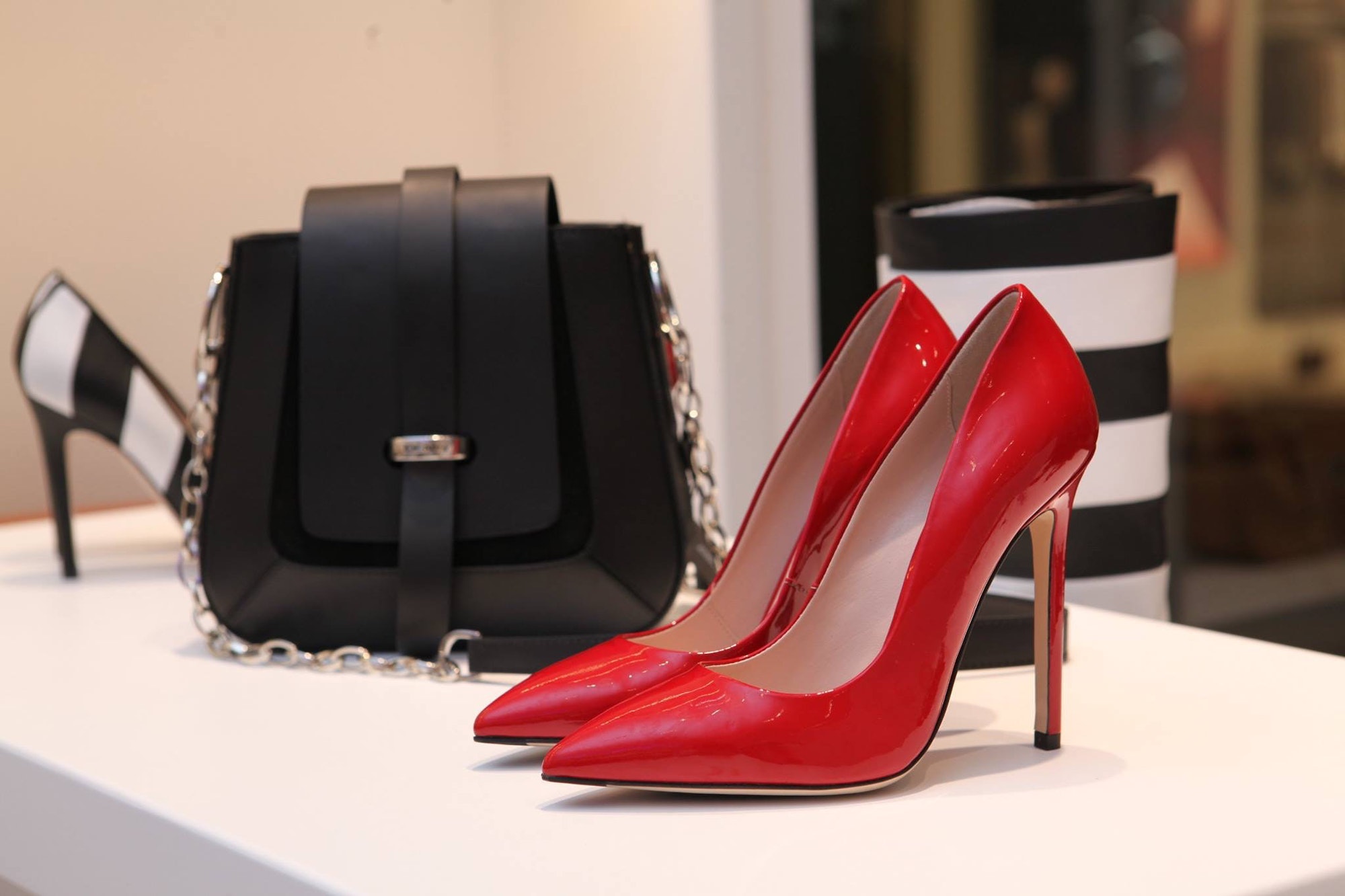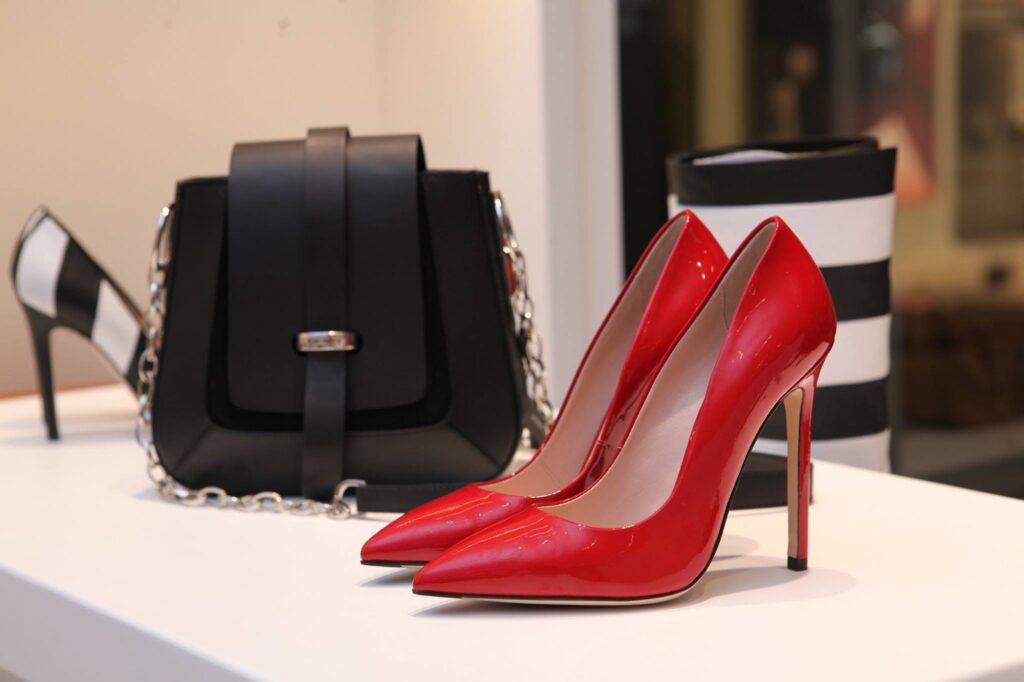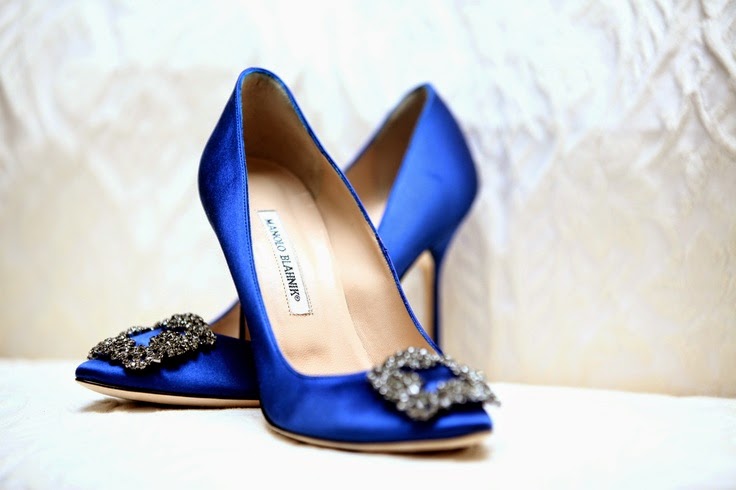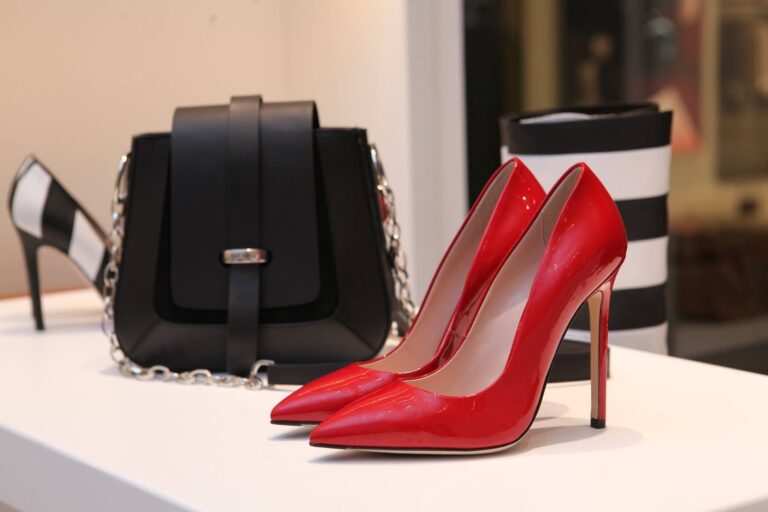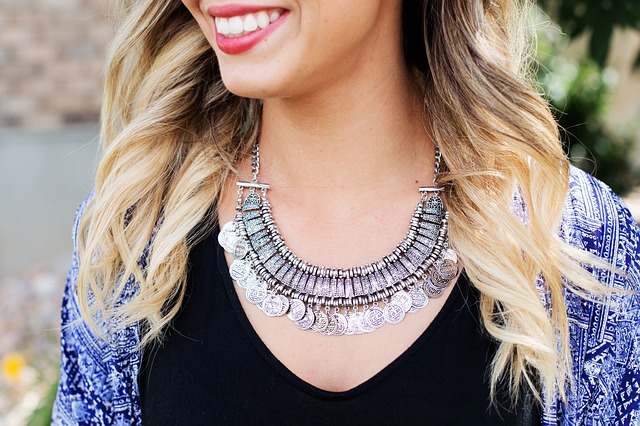7 Tips How To Shop For The Perfect Shoe
Shoes are an essential part of a person’s wardrobe. Not only do they protect our feet, but they can also add an element of fashion to any outfit. However, finding the perfect shoe can be a daunting task. With so many styles, colors, and brands available today, it’s easy to get overwhelmed. In this blog post, we’ll guide you through some important tips that will help you shop for your perfect shoes.
7 Tips How To Shop For The Perfect Shoe
1) Determine Your Style and Needs
Before heading out to shop for shoes, ask yourself why you need them. Are you looking for shoes that are stylish or comfortable? Do you want them for work or exercise? Knowing what purpose your new shoes will serve is crucial in determining which style best suits your needs. The uber-stylish clear nude heels are an excellent addition to your shoe collection that will suit your different footwear needs for different occasions.
Next, consider your style preferences. Do you like sneakers or dress shoes? Strappy sandals or ankle boots? Knowing what styles appeal to you will help narrow down the search.
2) Get Fitted
It’s important to have your feet measured properly before purchasing new shoes. Our feet grow and change over time with weight changes and aging. A shoe that fits well ensures proper support and comfort, which can prevent injuries such as blisters and foot pain.
A professional fitting at a local shoe store is recommended if possible, as they can measure both width and length accurately while guiding you toward options suitable for arch support or problem areas (e.g., flat feet).
3) Pay Attention to Material
Material plays an essential role in comfortability when shopping for shoes. Different materials provide varying levels of breathability, insulation/warmth, and durability.
If looking at athletic footwear, cotton uppers are generally preferred. Still, high-quality synthetic materials have made strides in increasing durability without sacrificing breathability (a good rule on the advancement it has experienced is better efficiency dry-fit fabrics). Leather offers excellent strength — however, avoid buying synthetics imitating leather too much since this may still lead to less durability (as the leather will stretch and adjust over time).
4) Don’t Forget About Comfort
Comfort should be your top priority when shopping for new shoes — since spending the day in uncomfortable footwear can specifically lead to various types of pain from leg to foot. Shoes fitted correctly and that allow you space between toes, providing good airflow will make a significant difference when it comes to comfort.
A well-padded sole, firm insole arch support, etc., are all essential aspects to look after, particularly with walking and sports shoes. Otherwise, they can cause injuries. Innersoles or orthotic insert options are also available for those who require extra support or suffering from plantar fasciitis.
5) Take Your Time To Find The Perfect Fit
Buying shoes is not the time for rush decisions. If you want the perfect shoe, take your time to try on multiple pairs in different sizes until you find the one that fits perfectly both lengthwise as well as based on foot shape (width, etc.). It’s also wise to choose shoe stores that have generous return policies should you need more time adjusting to certain fits (or even still unsure whether what was initially comfortable remains so).
Furthermore, always return to re-measure feet if changes occur. An inaccurate measurement may lead to imperceptible injuries such as plantar fascia micro-tearing – a completely avoidable occurrence with correct fitting.
6) Consider The Price Range
Quality shoes don’t come cheap, so it’s important to budget appropriately while looking for ideal features. High-end brands might be expensive, but they offer comfortability, durability, and often style variety, giving more options long term rather than replacing cheaper alternatives every month.
However, sometimes “budget” doesn’t mean lower quality — even mid-range options offer acceptable quality without breaking the bank depending on shop promotions/discounts available at a given moment in time!
7) Shop At The End Of The Day
To ensure getting the best and most accurate fit, shop at the end of the day or after any intensive activity, as your feet tend to swell over time, regardless of whether you just walk or stand most of the day. By shopping this way, the best possible scenarios occur for finding the perfect fitting, ensuring it will remain so even if feet naturally expand on everyday use.
Conclusion
Shopping for a pair doesn’t have to be daunting with some key tips in mind. So keep in mind the factors provided above, and we assure you will take back the right pair of shoes.
Remember, It’s crucial not to settle for less. Take your time, and don’t forget about comfort when making decisions regarding shoe purchases — doing so could lead toward preventable foot pain/injuries further down the line!

